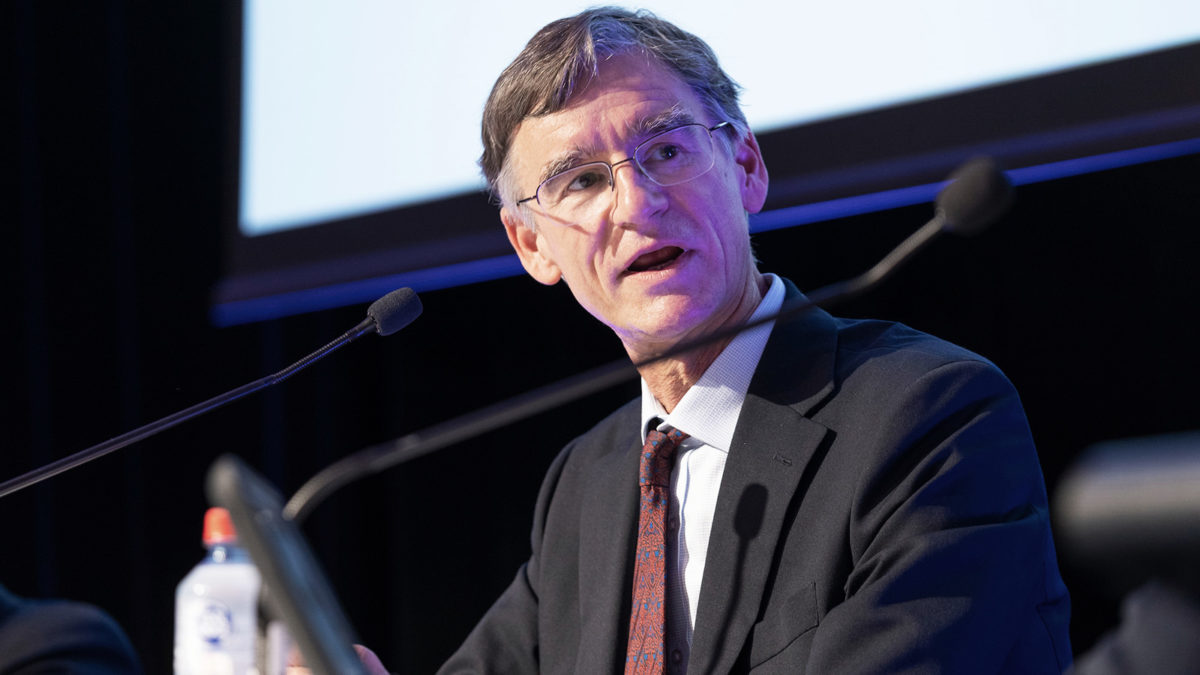Canada’s pension funds are going bigger in India
Australia has been the top recipient of Canadian pension fund investments in the Asia Pacific, with 45 per cent of their flows into the region between 2003 and 2018 landing on our shores, a figure that increased to more than 50 per cent from 2019-2023.
But as they diversify away from China, India is emerging as a “key alternative” for Canada’s pension funds and has become the second most popular destination for their investments in the region, according to a report from the Asia-Pacific Foundation of Canada (APF Canada).
“Canadian pension funds are expected to benefit from India’s domestic policies aimed at boosting its infrastructure and renewable energy sectors,” the report says. “The government of India has introduced these policies to improve the business climate and attract foreign investors. For example, it has lowered restrictions on foreign direct investment in many sectors, including some that are attractive to Canadian pension funds, such as insurance, telecoms, and railway infrastructure.”
Canadian pension funds made their last significant investments in China in 2018, when investments topped C$4.4 billion with, but that declined to less than C$500 million in 2021 and new investments ceased in 2022 as they soured on the country amidst bilateral political tensions.
Meanwhile, India has accounted for 25 per cent of Canadian pension funds’ investment flows in the region from 2019 to 2023, up from 10 per cent in the 2003-2018 period. And though Australia has historically been attractive to Canada’s pension funds for its political and economic similarities to their own country, India’s own rapidly growing economy has a massive unmet need for transportation infrastructure, with 478 road projects, 11 railway projects, seven public transportation projects and seven renewable energy projects underway as part of its national public-private project initiative.
That’s seen funds like Canada Pension Plan Investment Board (CPPIB), which has identified India as a “prime target” for infrastructure and real estate investment, and Ontario Teachers Pension Plan open offices in the country.
“We would suggest that having a local presence and an office in Delhi or Mumbai or both would be critically important in making that long-term decision and commitment to India, and we haven’t, as a fund, got to that perspective yet.”
Damian Graham
“Real estate, industrial transportation, and financial services – often considered to be stable assets – accounted for around 60 per cent of Canadian pension fund investment flows in India from 2008-23,” the report says. “CPPIB was especially active in real estate, making investments in land subdivisions, commercial office spaces, retail-led mixed-use developments, and retail centres.
“It is also investing in industrial transportation, including a joint venture with IndoSpace, which focuses on acquiring and developing modern logistics facilities in India’s leading industrial hubs. CPPIB is also a major investor in the financial services sector, including in local infrastructure trusts.
‘When, not if’ for super funds
Meanwhile, Australian super funds have preferred to get their India exposure through passive equities, though AustralianSuper did commit $1 billion to India’s National Investment Infrastructure Fund, including for co-investments, and has previously said that it wanted to hand out mandates for Indian equities.
And while Aware Super has no direct investments in the country, its CIO Damian Graham previously said that India is a “when, not an if, for most global investors” and that the fund has a strong interest in it, but contrasted the still relatively fledgling offshore ambitions of the super funds with those of the Canadian funds, which have been internationalised for decades.
“We have a very simple rule, which we always test: can we make money as a minority investor in a new region?” Graham told a Perth USAsia Centre event in 2021. “We need to have the right relationships, the right resources and the right boots on the ground to make sure we have confidence that we understand that local market and really deal with the asymmetry of information.
“We would suggest that having a local presence and an office in Delhi or Mumbai or both would be critically important in making that long-term decision and commitment to India, and we haven’t, as a fund, got to that perspective yet.”
But while Canada’s pension funds might be diversifying away from China to avoid geopolitical risk, they will still need to “navigate between India’s immense investment potential, on the one hand, and the strain in bilateral tensions, on the other” – tensions that have been heightened by apparent links between the government of India and the assassination of a Canadian citizen on Canadian soil in June 2023.
“With Canada-India political tensions showing no signs of improving in the immediate future, Canadian investors will have to continue monitoring both the opportunities and risks of investing in an economy that is expected to become the world’s third-largest by 2027,” the APF Canada report says.
“We still anticipate that Canadian pension funds will expand their presence, not only in India but also elsewhere in the Asia Pacific, in the future. If they do, this expanded presence will align with the aims of Canada’s Indo-Pacific Strategy and its calls to increase investment and trade with the region.










